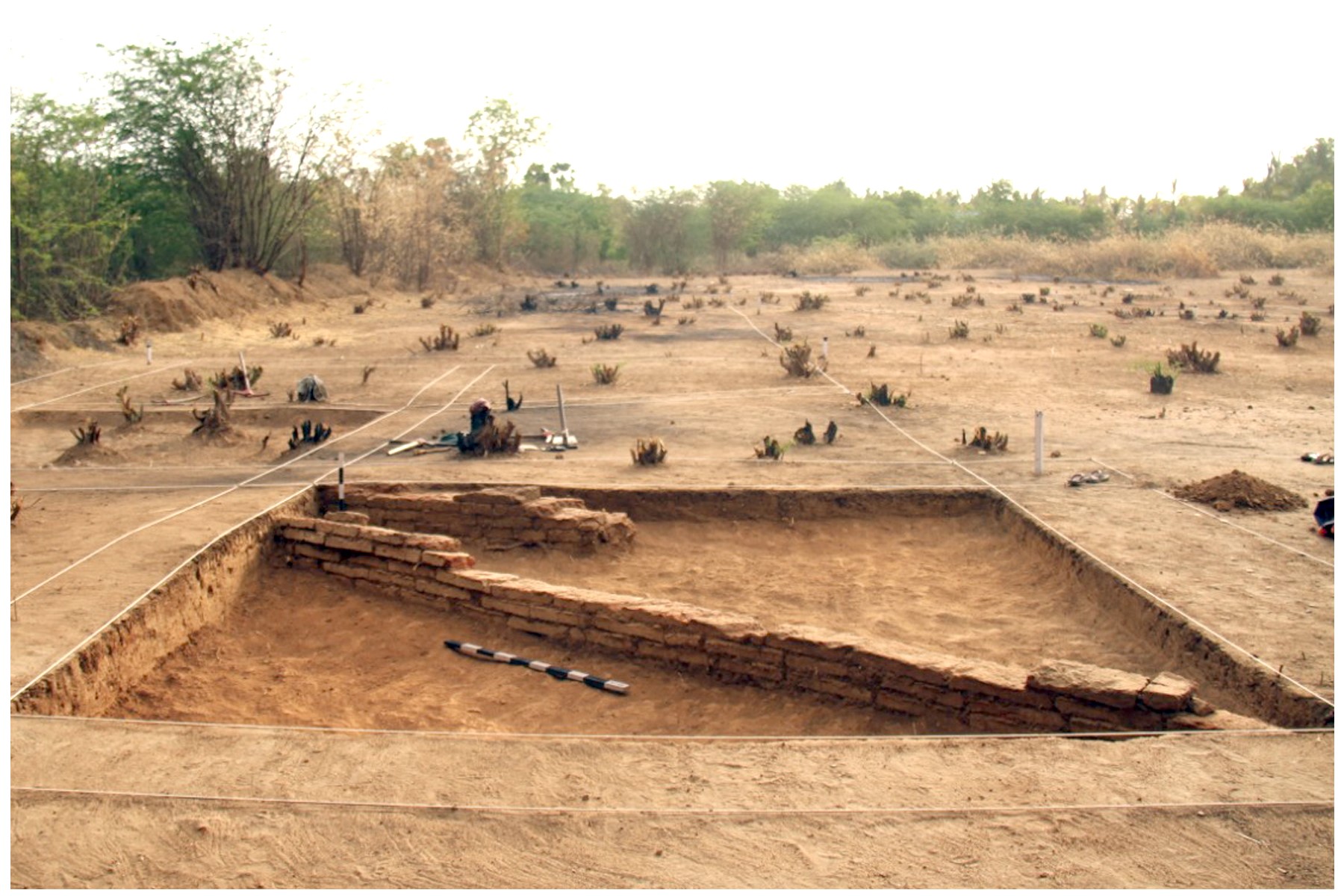 |
| Image: Thanks to Tamilnadu Archaelogical Department |
A sophisticated urban wonder which laid hidden with all its precious riches has been brought to light, thanks to the excavation conducted by Archaelogical Department of Tamilnadu. Keezhadi, also spelled Keeladi, a village in the outskirts of Madurai in the district of Sivagangai, TamilNadu, South India has captured all ears and eyes to itself. What good is that if I keep my jubilance to myself! The marvelous historic discovery has to be shared, not only for my pride as a Tamilian who has always been awed by the rich literature and the cultural traditions of my ancestors but also for the insights into human history itself.
 |
| Image: Thanks to Tamilnadu Archaelogical Department |

The fourth phase of the excavation is completed and the results are, I would say, to an extent as anticipated by the Tamils deeply rooted in Sangam literature. A total of 5820 artifacts were unearthed which exposed brick structures, roofs which show grooves pressed with fingers thoughtfully for the draining of rainwater, and terracotta ring wells to conserve water. Also unearthed are gold ornaments, copper pieces, terracotta pottery pieces, black and red clay objects, iron tools, precious gems like agate, terracotta earrings, bones of animals and birds, coins, game pieces to name a few. The skeletal remains are found to be of oxen, buffalo, cows, goats, wild boar, blackbucks, and peacocks. While bulls, oxen, cows were supposed to be raised for agricultural purposes, the cut marks over the remains of goats wild boars and antelopes suggest that those animals were consumed.
| Image: Thanks to internet |
Six samples from the excavation site at Keezhadi were tested in the world's largest radiocarbon testing and bio content testing laboratory, Beta Analytic, located in Miami, Florida. One of the samples which were collected at the depth of 353 cms is dated to 580BC. The excavation also reveals the high level of literacy which existed as early as the 6th century BC. The finding was based on potsherds which had names of people – like Aadhan and Kudhiranaadhan – written in Tamil-Brahmi script. This pushes the earlier accepted time period of Sangam Era as starting from the 3rd century BC to the 6th century BC.
Ancient Tamils have had Tamil academies to celebrate and enrich Tamil, popularly known as Tamil Sangam. The first and second Tamil Sangams ('muthal sangam' and 'idai sangam') were destroyed by natural phenonomena, and the last Sangam known as the 'kadai sangam' is believed to have been centered in Madurai. Most of the Sangam Literature books available evidenced with some history had made the date accepted to be as early as 3rd century BC. Now, this Third Sangam Age has been pushed three hundred years backward to the 6th century BC which is a joyful leap for the Tamilians. The excavation has only confirmed a few of the claims of Tamils discerned from the existing rich classical literature.
I am reminded of a poem (Maruthakali 67) in Kalithokai , one of the Eight Anthologies (Ettuthokai) of Sangam Literature. In the poem sung by Maruthan Ilanakanar, the heroine says that her lover is from a city, the walls of which were not threatened by enemies but by the brimming waters of the river Vaigai (also spelled Vaiyai). She says that the city was praised for its greatness by eminent poets. The Keezhadi excavation bringing to limelight the Vaigai river civilization makes me better visualize the poem and it does make more sense for me, who has always been thrilled and awed by the cultural richness of the ancient Tamils. Am sure this would make sense also to those who turn their attention to Keezhadi and Tamil, following Keezhadi findings.
Looking forward to the fifth phase and beyond when the glory of Tamil would resonate in each and every nook of the world. Vaazhga Tamil!

Thanks. We will expect some more light in further excavations.
ReplyDeleteThanks sir. Appreciate your visit to my post and sharing your comment.
DeleteWow super congrats ma
ReplyDeleteThanks Geetha
Delete